Located in the northwest of Noto Peninsula, Wajima City in Ishikawa Prefecture has a population of about 30,000 and is blessed with abundant nature and the sea. Wajima is most famous for its Shiroyone Senmaida rice terraces (a designated National Scenic Spot) and the Wajima Morning Market. There are many places of interest in Wajima, including the Sojiji Soin (Sojiji ancestor temple), the head temple of the Soto sect of Zen Buddhism, and the Tokikunike Residence. Wajima is also noted for the largest yield of pufferfish in Japan, as well as an abundance of crab, turban shells, and other marine products.

Head Temple Sojiji Soin, or more accurately Shogakusan Soji, was founded in 1321 by Great Patriarch, Keizan Jokin. Afterward, more than 10,000 branch temples were established in Japan, but in 1898, a fire destroyed most of the original head temple's seven buildings. The site of the new head temple was relocated to Tsurumi ward in Yokohama City, Kanagawa Prefecture. It was at this point in time that the temple was renamed Sojiji Soin, and the other seven temples part of the original complex, including Dento-in Temple, Jiunkaku Temple, and Sutra Repository, were also reconstructed. The vast grounds are carefully maintained, and the harmony of the buildings and nature is comparable to a landscape painting.
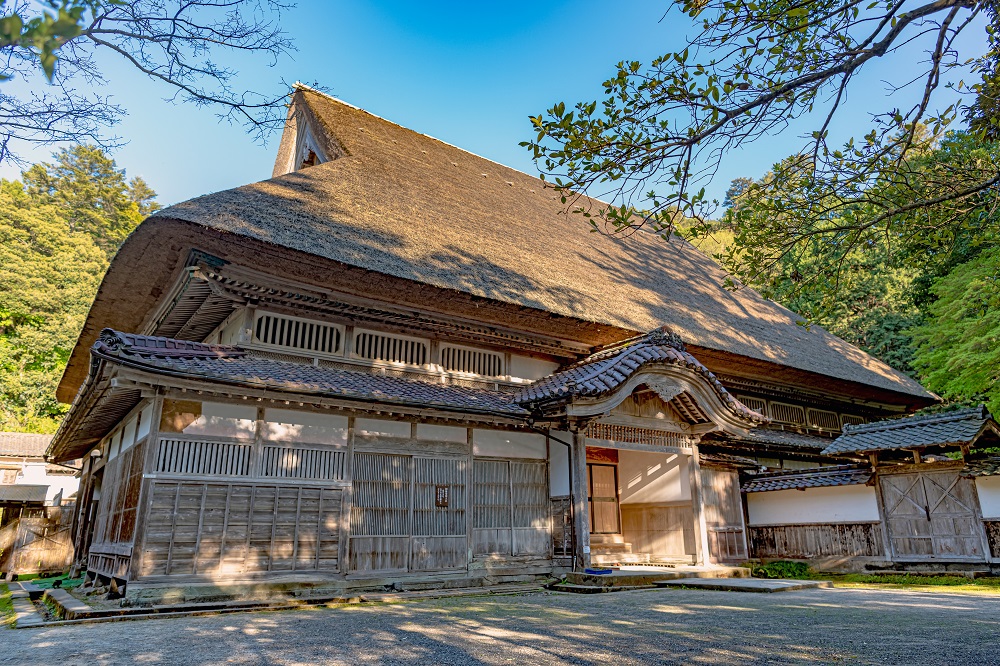
The Heike (emperor's lineage) flourished at the end of the Heian Period (794 to 1185/1192). Among the most infamous quotes from a Heike-borne figure, was that of Taira Tokitada: "Those who are not Heike are not human." After the downfall of the Heike, Tokitada was exiled to Noto. The two ancient families that descended from him, Kamitokikoku and Shimotokikoku, still live in Wajima City to this day. Kamitokikoku a huge private residence with a thatched roof built in the late Edo Period (1600/1603-1868). By far, the highlights of this structure are the front parlor with its "Fuchigane Oriage-Gotenjo" uniquely-designed ceiling in the Dainagon style and the "Maru-ni-Ageha Butterfly" of the Heike family crest found through the sliding doors are a must-see. The Kamakura-style garden is a designated National Scenic Spot.
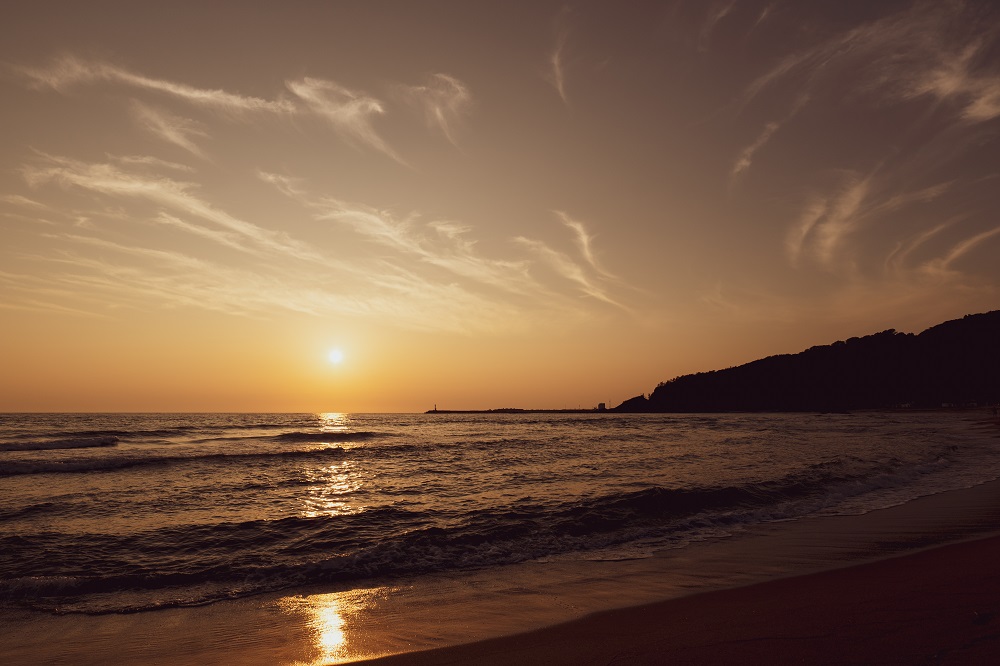
Wajima Port is one of Japan's largest ports, where a rich variety of wild pufferfish is caught and landed. This bounty of the sea is served at lodging facilities and restaurants in Wajima so be sure to give it a try. Other local specialties include Ishiru and Ishiri (fish-based soy sauce), salted squid — popular as a souvenir, dried horse mackerel, dried squid, dried flounder, dried mackerel, dried pufferfish, dried atka mackerel, and other dried foods.
From JR Kanazawa Station to Wajima, 2 hours by Hokuriku Railroad bus.
Wajima is a 30-minute taxi ride from Notosatoyama Airport.
Wajima lacquerware, a traditional craft representing Wajima City in Ishikawa Prefecture, combines both beauty and functionality. Even if a piece is damaged, it can be repaired and handed down for generations of use. Not only is Wajima lacquerware robust, but it also has a gorgeous appearance incorporating gold or silver. Wajima lacquerware is characterized by the many processes involved in its making, which include the "Kijizukuri" (wooden base-making) process of making a prototype, the "Shitajizukuri" (undercoating) process essential for giving Wajima lacquerware its durability, the "Uwanuri" (overcoating) process of carefully applying lacquer to the piece, and the "Kashoku" (decoration) process of adding luster, gold or silver powder coating, and more than 100 other processes.

Several Wajima lacquerware workshops in the city offer hands-on experiences. The content varies between workshops, but some offer painting on pieces that already have a preliminary painting prepared on them, some let the participant paint their own unique design, and some offer a gold-inlay (chinkin) experience, in which the participant carves out patterns with a chisel and fills them with gold powder. At the Wajima Museum of Urushi Art, visitors can learn about the techniques and history of Wajima lacquerware, try chinkin on spoons or chopsticks, or maki-e, a process of making lacquerware using stamps.
Noto's "Kiriko Festival," a tradition carried down since the Edo Period, is a major event in which many Noto Peninsula locals take part. From July to October, shrine parishioners from all over Noto carry gorgeous kiriko, sacred lanterns with designs unique to Noto, through the streets of the town in a gallant procession. In 2015, the Kiriko Festival was accredited as a "Japan Heritage" by the Agency for Cultural Affairs as a "Exciting Kiriko Festivals on the Noto Peninsula."
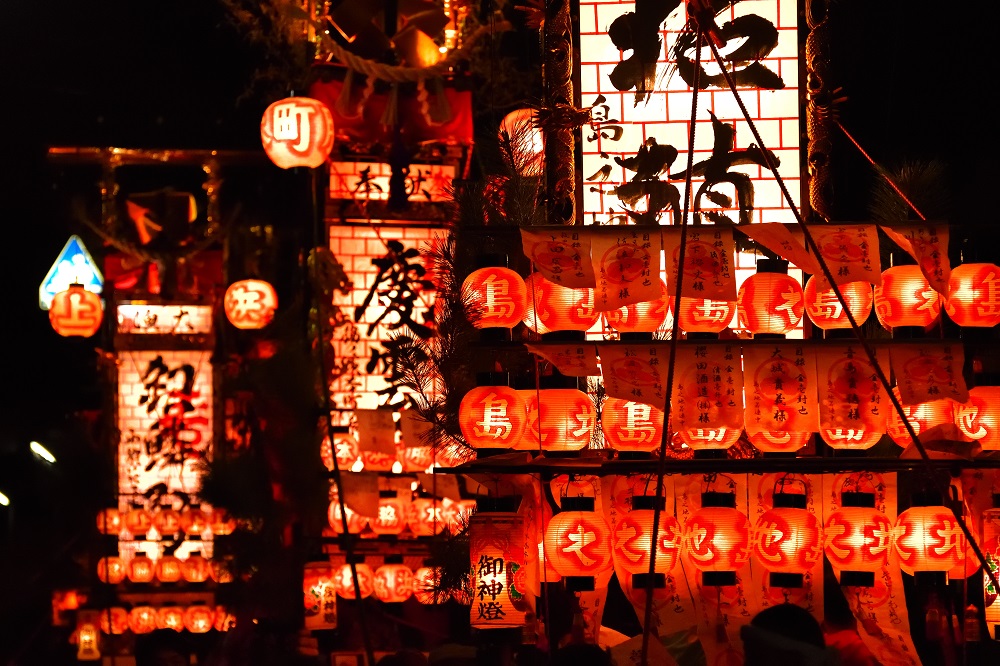
Wajima Morning Market, said to be one of the three largest of its kind in Japan, is a market where fresh seafood, dried fish, vegetables, and handicrafts are sold from 8:00 a.m. by an excess of 200 vendors. Most of the stalls are run by women, with vegetables sold by female local farmers and fresh seafood by women from the city's fishing community. Chatting and negotiating prices with vendors are classic ways to make the most of your morning market experience.
Wajima Morning Market has a history dating back as far as 1,000 years and is still bustling with activity, making it a must-see sightseeing spot for anyone visiting Noto.
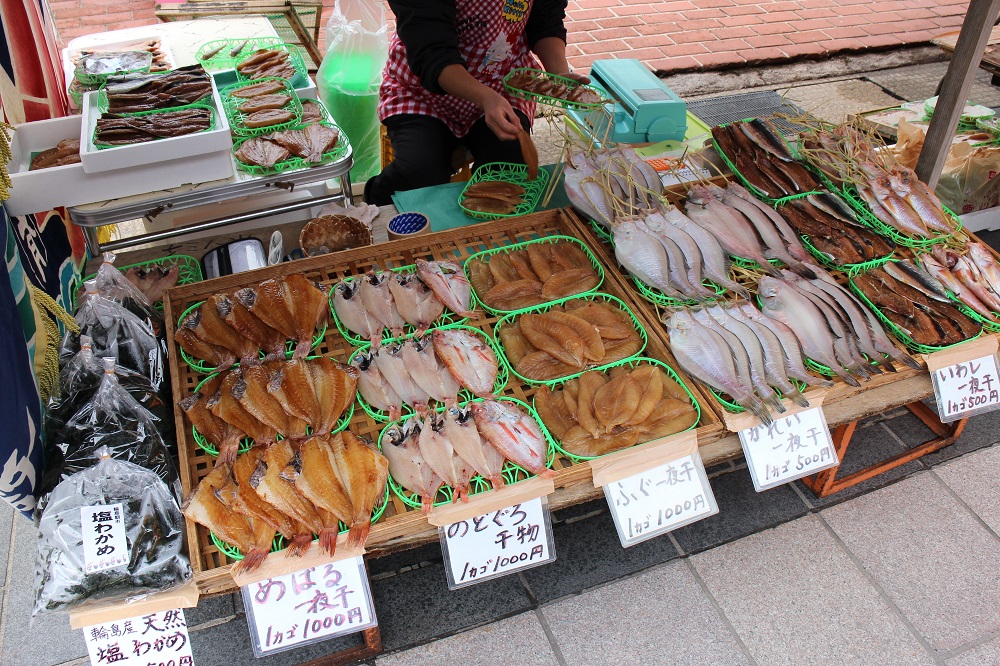
The tourist area of Chubu and Hokuriku is called "Ascending Dragon Road" because the map of the area resembles a dragon, with the Noto Peninsula as its head, evoking the image of a dragon flying up or "ascending."
This popular region draws people from both within Japan and abroad who are eager to visit the many tourist attractions on offer — including hot springs, pristine nature, history and culture, architectural structures, legends, and festivals.
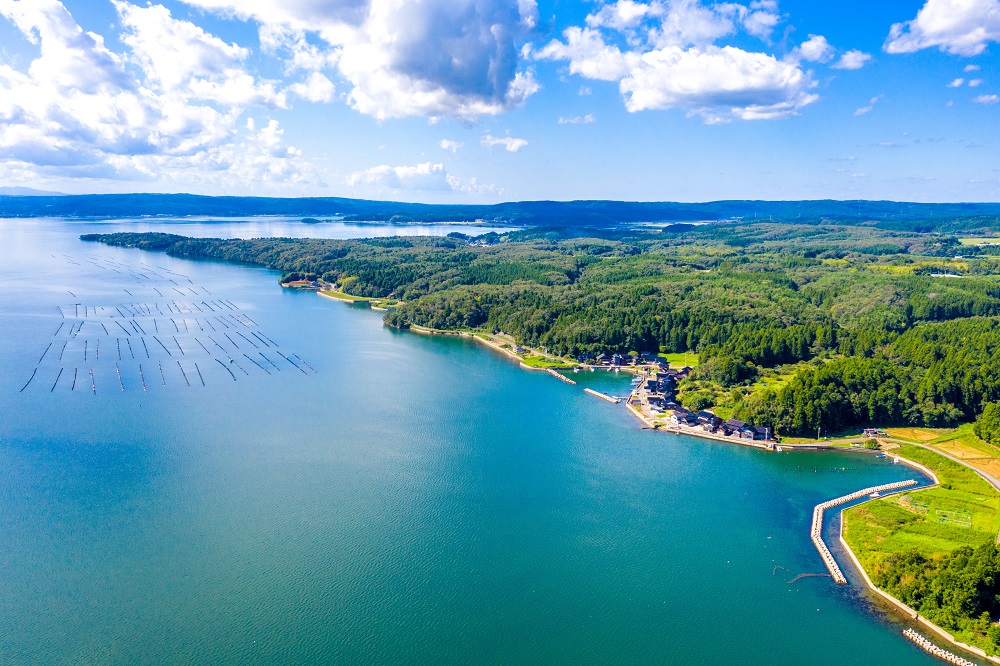
Hegura Island and Nanatsu Island are small islands located 48 km off the coast of Wajima City. Here, female divers (called "ama") play a central role in the fishing business by diving and catching fish and shellfish. There are about 200 ama divers on the island, and many of them fish in the summer. The abalone and turban shells caught by the women divers are especially delectable treats and a must-try if you find yourself in the area.
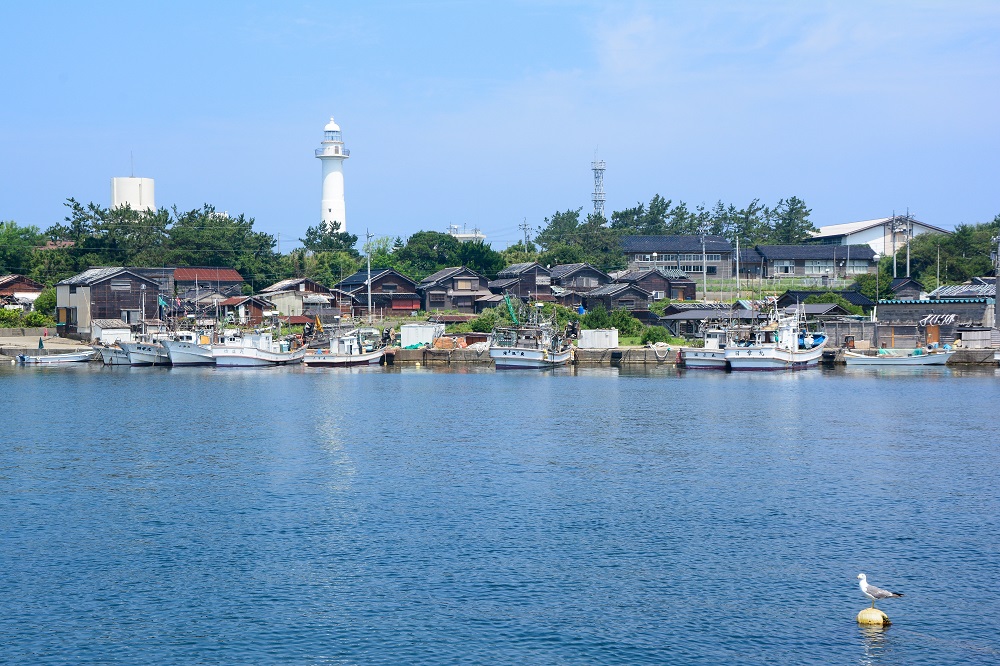
Kotogahama Beach in Wajima City is a city-designated natural treasure, and is nicknamed "Crying Sand Beach" because the "squeaking" sound made when walking on the dry sand resembles the sound of a woman crying.
80 Yo-Bu, Wakura-Machi, Nanao-shi, Ishikawa
Established in September 1906, Kagaya was initially a modest inn with 12 rooms that could accommodate approximately 30 people. With 117 years of history, Kagaya is known as one of the largest luxury hot spring inns not only in the Wakura Onsen area, ....